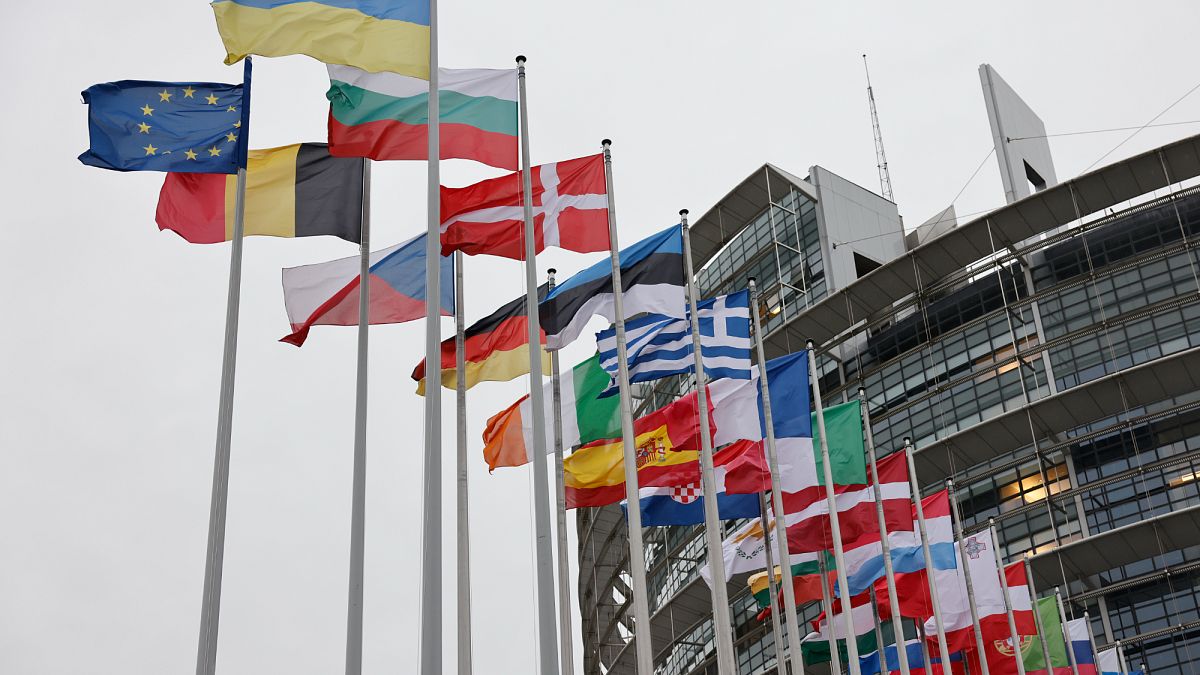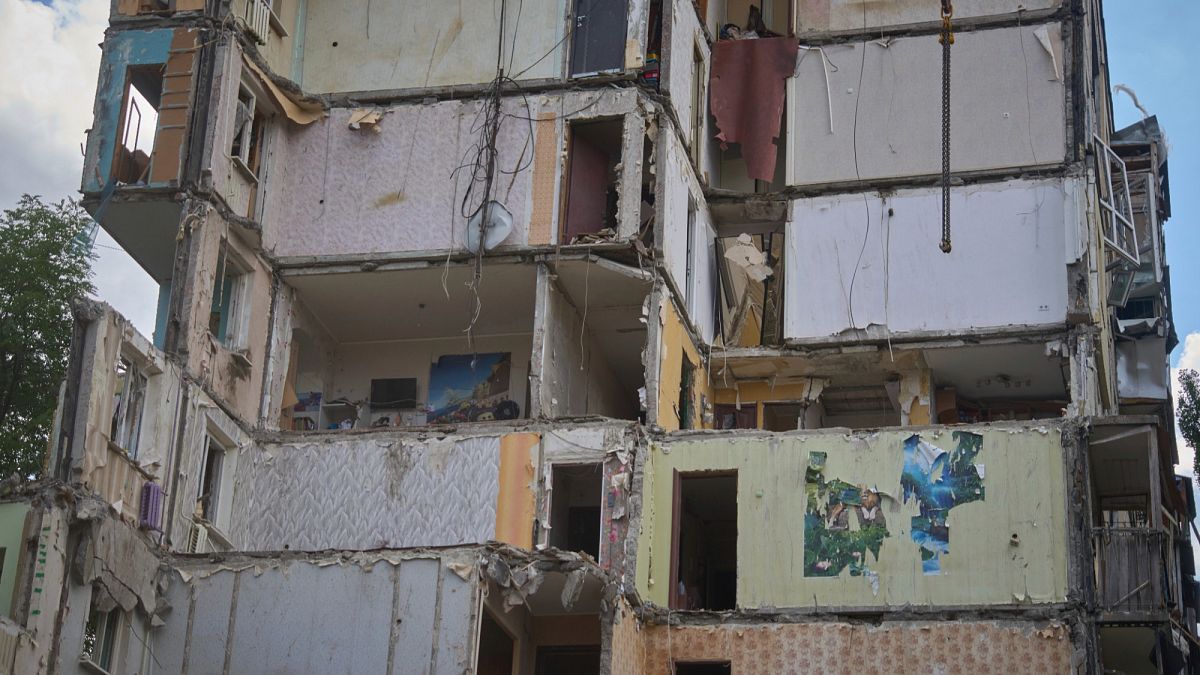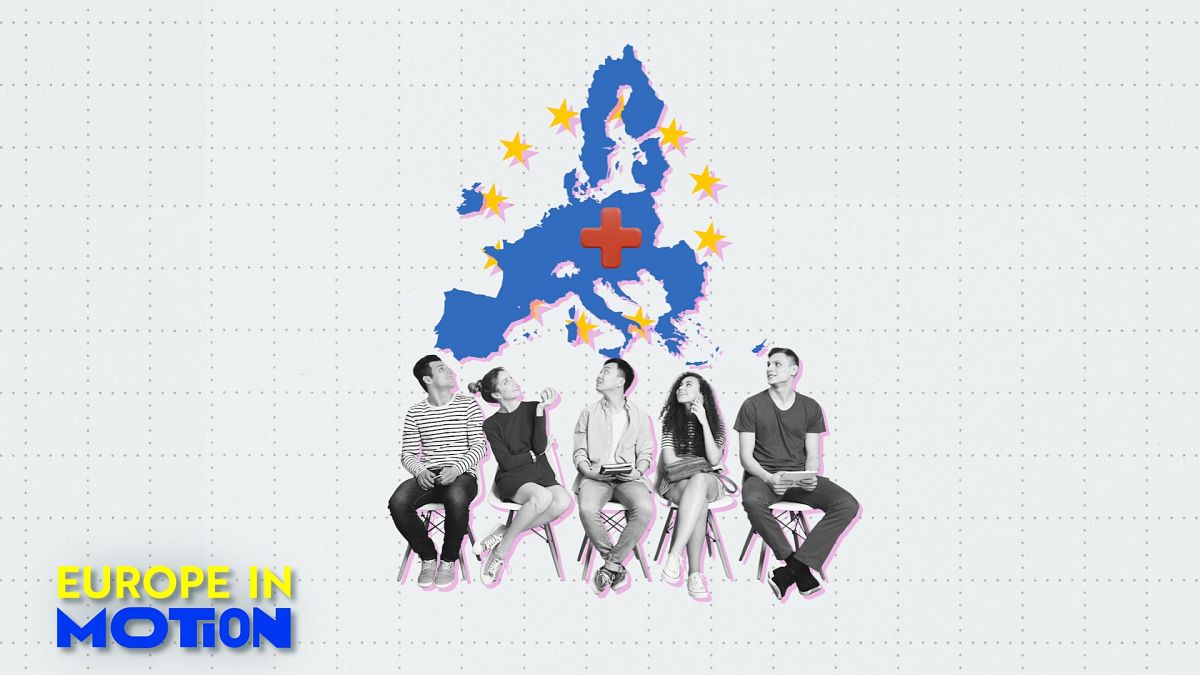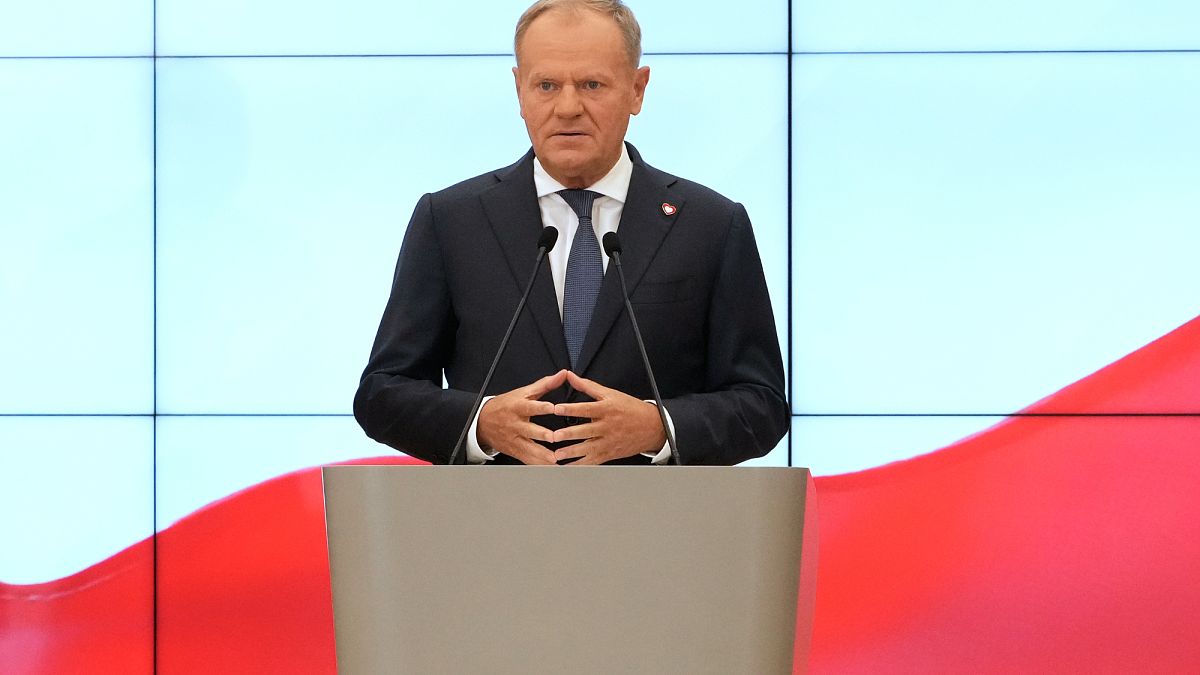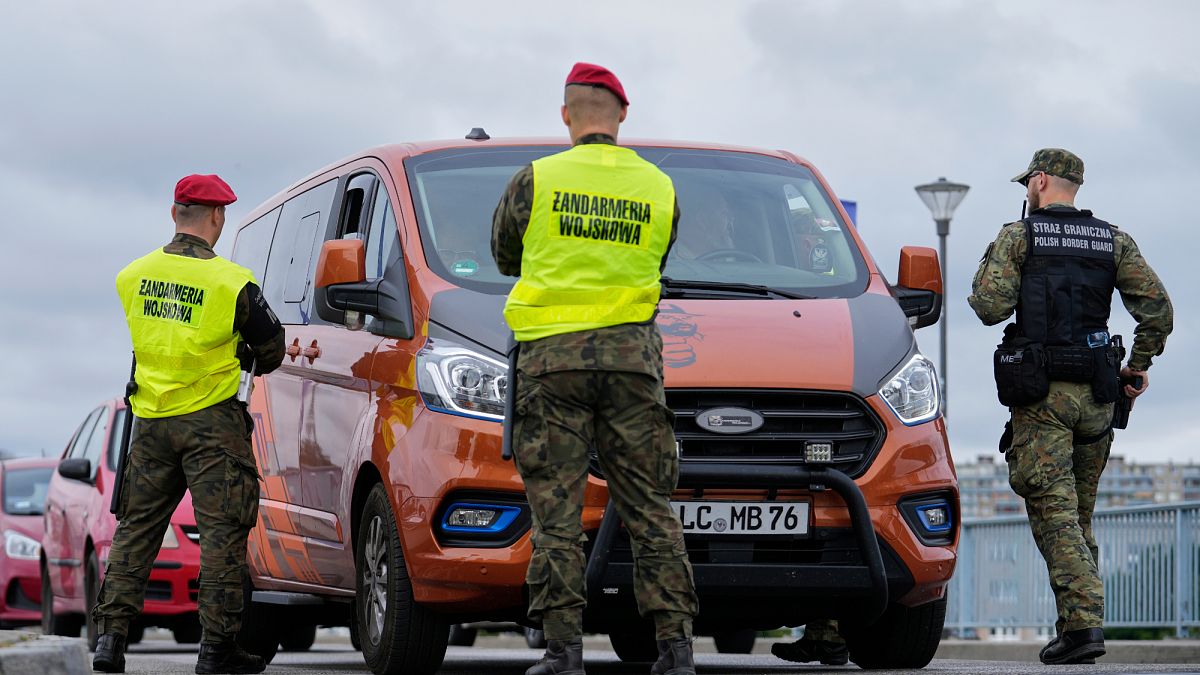Spain failed on Monday to obtain the necessary unanimity to elevate Catalan, Galician and Basque into official languages of the European Union, as several member states raised concerns over the administrative and legal implications of such an unprecedented move.
One of the main arguments against the proposal is that it could set a precedent, leading to similar demands from other countries with minority languages.
Across Europe, between 40 and 50 million people speak around 60 regional and minority languages.
However, only a handful of countries recognise these languages as co-official, allowing them to be used in government, administration, and public institutions on an equal footing with the majority spoken language.
Spain
In Spain, Basque, Catalan and Galician, enjoy strong legal protections in their respective autonomous communities and are widely used in education, government, and media.
Catalan is spoken by approximately 7.5 million people, primarily in Catalonia and it is one of the most widely spoken minority languages in Europe.
It is also spoken, to a lesser extent, in parts of France and Italy.
Around 1 million people speak Basque in the regions of the Basque Country and Navarra. It also has speakers in the French Basque country where it is not recognised as an official language, while around 2 million people speak Galician.
The Netherlands
While Dutch is the national language, the northern province of Friesland is home to Frisian, which is recognised as the region’s second official language.
Frisian comprises three branches across the Netherlands and Germany, West Frisian, East Frisian, and North Frisian, the latter being most prominent, spoken by an estimated 4,000 to 10,000 people.
The German government, however, does not officially recognise Frisian as an administrative language.
Portugal
Portugal also has a regional co-official language: Mirandese.
Spoken in the region of Miranda do Douro, it is officially recognised by the Portuguese government as one of the two languages of the country.
A 2020 study by the University of Vigo estimated that around 3,500 people knew the language, with only about 1,500 actively using it.
Finland
In the northernmost regions of Finland, approximately 2,000 people speak Sámi as their native language. This figure includes speakers of Northern Sámi, Inari Sámi, and Skolt Sámi.
Sámi is also spoken in Sweden, where estimates suggest that between 7,000 and 9,000 people use some form of the language, although official language data is not recorded in population registers.
Indigenous parliaments in Sweden, Finland, and Norway have raised concerns about the endangered status of several Sámi languages, including Pite Sámi and Ume Sámi, each with fewer than 50 speakers.
Italy
French, German, Ladin, Slovene and Catalan are also recognised as co-official to Italian in certain regions or municipalities of Italy.
Many are more widely spoken outside the country. French, German and Slovene are main languages in their respective countries and Catalan is mostly used in Spain.
Ladin is mainly spoken in the Dolomite Mountains in Northern Italy in the provinces of South Tyrol, Trentino, and Belluno, by the Ladin people.



